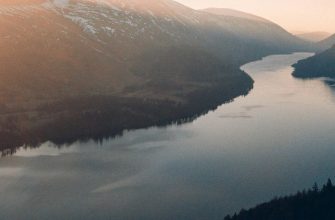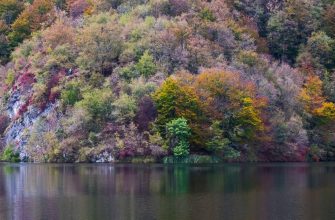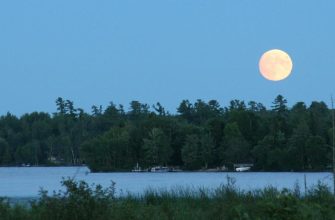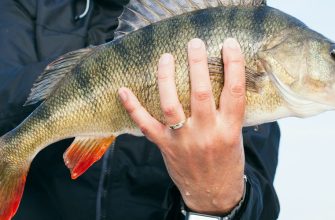- Candlewood Lake Overview
- Unique characteristics
- Accommodations and Supplies
- Common Types of Fish Species in Candlewood
- Largemouth Bass
- Smallmouth Bass
- Rock Bass
- Black Crappie
- Walleye
- Rainbow Trout
- Brown Trout
- Bluegill
- Pumpkin Seed
- White Perch
- Yellow Perch
- Chain Pickerel
- Carp
- Tournament Fishing at Candlewood Lake
- The Gamefish Thrill
- A Competitive Atmosphere
- The Thrill of Victory
- Bass Fishing
- Largemouth Bass Catching
- Fishing Hotspots
- Best Rods and Gear
- Effective Fishing Tricks and Strategies from Local Pros
- Smallmouth Bass Catching
- Fishing Hotspots
- Best Angling Equipment
- Effective Angling Tricks and Strategies from Local Pros
- The Best Time to Hook
- Trout Fishing
- Rainbow Trout Angling
- Angling Hotspots
- Best Poles and Rigs
- Tips and Tricks from Local Angling Experts
- Brown Trout Angling
- Angling Hotspots
- Best Rods and Tackle
- Tips and Tricks from Local Angling Experts
- The Best Time to Hook Trout in Lake Candlewood
- Crappie Fishing
- Angling Hotspots
- The Best Time to Hook Crappie in Lake Candlewood
- Best Rods and Tackle
- Prime Fishing Tips from Local Experts
- Safety Considerations
- Boating Regulations
- Safety Measures
- Planning Your Trip
- Fishing License and Required Permits
- Lake Directions
- By Car
- By Air
- Boat and Bank Access
- Campground
- Q: What are some popular species to catch at Candlewood Lake?
- Q: When is the best time to go ice fishing at Candlewood Lake?
- Q: What fishing regulations should I be aware of at Candlewood Lake?
- Q: Are there any public boat launches available at Candlewood Lake?
- Q: What are the best fishing techniques for catching bass at Candlewood Lake?
- Q: What are some top tips for catching walleye at Candlewood Lake?
- Q: Are alewives present in Candlewood Lake and do they affect fishing?
- Q: What are some effective bait options for catching crappie at Lake Candlewood?
- Q: How can I stay updated on fishing conditions and reports for Lake Candlewood?
- Q: What are some key environmental factors that can impact fishing at Lake Candlewood?
Welcome to Candlewood Lake, the largest waterbody in Connecticut and a hidden gem for fishers seeking an unforgettable fishing experience. With its vast expanse and diverse ecosystem, Lake Candlewood offers a degree of angling adventure that is hard to match.
As one of the best angling destinations in Connecticut, Lake Candlewood is home to a wide variety of fish types that will surely excite any angler. Whether you’re targeting trophy-sized smallmouth bass or trying to lure in the aggressively feeding largemouth bass, this waterbody has something for everyone.
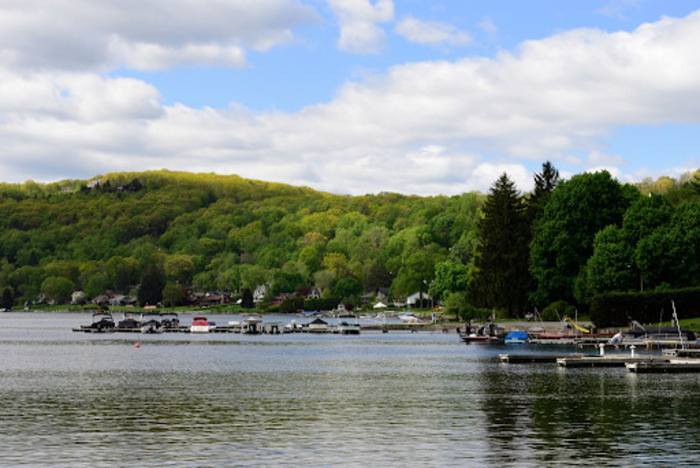
When it comes to successful angling in Lake Candlewood, it’s essential to understand the habits and preferences of the different species that inhabit its waters. For instance, smallmouth bass are known to be attracted to lures that resemble their natural prey, such as white or silver-colored baits. On the other hand, largemouth bass can often be enticed by live critters or lures that mimic their favorite food sources.
To maximize your chances of a successful catch, it’s crucial to pay attention to the structure and habitat where fish tend to gather. Lake Candlewood offers an abundance of underwater structures and feeding areas, providing ample opportunities for fishers to find their target species.
As you plan your angling trip to Lake Candlewood, be sure to take into account the best time to hook your desired species. Understanding the seasonal patterns and behavior of the fish will greatly increase your chances of a productive outing. Additionally, it’s always a good idea to check local angling regulations and any specific guidelines for tournaments or catch-and-release practices.
So, if you’re ready to embark on an unforgettable angling adventure, Lake Candlewood awaits. Explore the information in this article to equip yourself with the knowledge and tricks necessary for a successful angling trip. Get ready to cast your line into the crystal-clear waters and experience the thrill of reeling in your next big catch.
Remember, angling in Lake Candlewood offers an opportunity to connect with nature, unwind, and create lasting memories. Start planning your trip today and get ready to immerse yourself in the beauty and excitement of this remarkable angling destination.
Candlewood Lake Overview
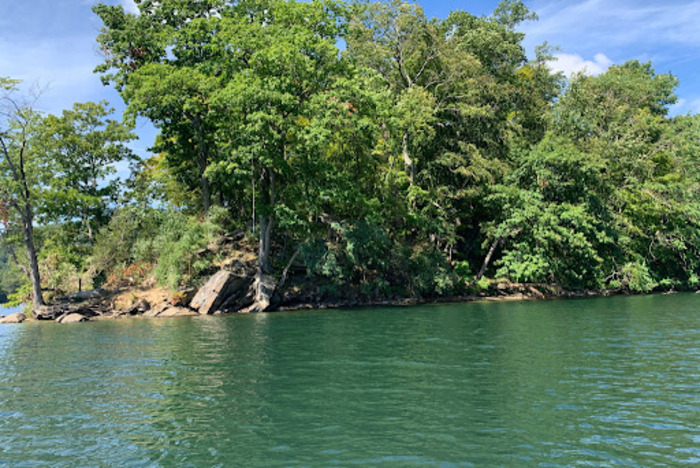
Lake Candlewood is located in western Connecticut, near the towns of Danbury, New Milford, and Sherman. It covers an area of approximately 8.4 square miles and has a maximum depth of 85 feet. The waterbody is known for its clear and pristine water, making it an ideal spot for angling.
Unique characteristics
Lake Candlewood offers a range of unique characteristics that make it a prime destination for angling enthusiasts. One of its notable features is the presence of Squantz Pond, a smaller body of water connected to the waterbody. Squantz Pond is known for its abundance of bass, providing fishers with excellent opportunities for bass angling.
Additionally, Lake Candlewood is home to a variety of fish types, including largemouth bass, smallmouth bass, trout, walleye, and panfish. Its diverse ecosystem provides a rich habitat for these species, making it an attractive location for both recreational and professional fishers.
Accommodations and Supplies
If you’re planning an angling trip to Lake Candlewood, you’ll find a range of accommodations and supplies available in the surrounding area. The nearby town of New Fairfield offers various lodging options, including hotels, cabins, and campgrounds. There are also marinas and boat rental services available, allowing you to easily access the waterbody and explore its angling hotspots.
For your angling supplies, local bait and tackle shops in Danbury and New Milford provide a wide selection of angling gear, bait, and other essentials. Whether you need angling rods, lures or live critters, you’ll find everything you need to make the most of your angling experience at these shops.
Lake Candlewood in Connecticut offers a combination of scenic beauty, abundant fish types, and convenient amenities, making it an ideal destination for angling enthusiasts.
Common Types of Fish Species in Candlewood
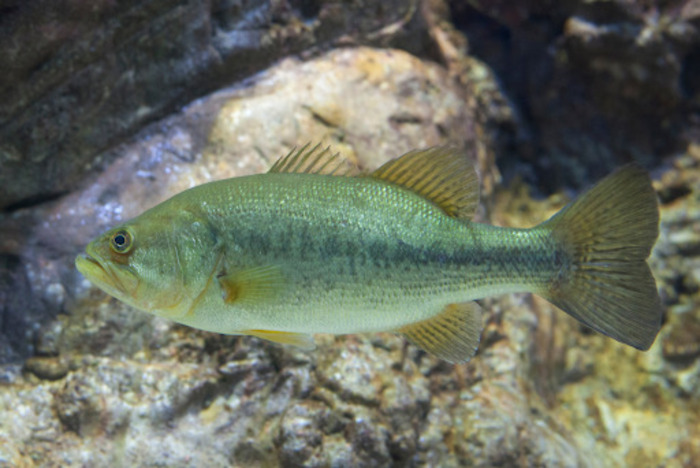
Largemouth Bass
Largemouth Bass, also known as Micropterus salmoides, is one of the most sought-after fish types in Lake Candlewood. It is recognized for its large mouth and aggressive feeding behavior. Largemouth Bass can grow to impressive sizes, with some specimens reaching over 20 pounds. Anglers are drawn to the challenge of catching this powerful fish, known for its spirited fights and acrobatic leaps out of the water.
Smallmouth Bass
Smallmouth Bass, scientifically known as Micropterus dolomieu, is another popular fish type found in Lake Candlewood. It is easily distinguishable by its bronze color and vertical black stripes along its body. Smallmouth Bass prefer rocky areas and can often be found near underwater structures such as submerged logs and boulders. Anglers enjoy the thrill of catching Smallmouth Bass, which are known for their violent strikes and tenacious fighting spirit.
Rock Bass
Rock Bass, or Ambloplites rupestris, are commonly found in the waters of Lake Candlewood. They are small to medium-sized fish with a robust body and reddish-brown coloration. Rock Bass are often found in rocky areas and can be caught using a variety of bait and lures. While not as highly sought after as other species, they provide an enjoyable angling experience, particularly for beginners or those looking for a relaxed day of angling.
Black Crappie
Black crappies, also known as Pomoxis nigromaculatus, are a popular panfish variety in Lake Candlewood. They are characterized by their deep body, silver coloration, and distinct black splotches on their sides. Black crappies are renowned for their delicious taste and are often targeted by fishers for their culinary value. They can be caught using various tricks, including jigging and live bait angling.
Walleye
Walleye, or Sander vitreus, can be found in the deeper parts of Lake Candlewood. They are known for their unique eyes, which have a reflective layer that enhances their night vision. Walleye have a sleek body, olive-brown coloration, and sharp teeth. Fishers prize Walleye for their challenging nature and delectable flavor. Catching Walleye requires patience and skill, as they are known to be finicky feeders.
Rainbow Trout
Rainbow Trout, scientifically known as Oncorhynchus mykiss, are popular game fish types in Lake Candlewood. They are prized for their vibrant colors, including a signature pink stripe along their sides. Rainbow Trout are known for their acrobatic displays when hooked, often leaping out of the water in an attempt to shake off the angler’s line. They can be caught using a variety of baits and lures, making them a favorite among fishers of all skill levels.
Brown Trout
Brown Trout, or Salmo trutta, can be found in Lake Candlewood and are highly sought after by fishers. They are known for their beautiful golden-brown coloration and distinctive red and black spots along their sides. Brown Trout are renowned for their wariness and selective feeding habits, making them a challenging fish to catch. fishers often employ stealthy approaches and precise presentations to entice these elusive fish.
Bluegill
Bluegill, scientifically known as Lepomis macrochirus, is a common sunfish variety found in Lake Candlewood. They are known for their deep blue and green coloration, as well as the dark spot on their gill covers, which gives them their name. Bluegill are popular among fishers, especially those targeting panfish, due to their abundance and willingness to bite. They can be caught using a variety of baits, including worms, insects, and small lures.
Read more: How to Fish for Trout in Lakes: Tips for Catching Lake Trout
Pumpkin Seed
Pumpkin Seed, or Lepomis gibbosus, is another sunfish variety found in Lake Candlewood. They are known for their vibrant colors, including shades of orange, yellow, and blue. Pumpkin seeds are typically smaller in size compared to other sunfish species but are highly regarded for their stunning appearance. fishers often enjoy catching Pumpkin Seed for their beauty and the excitement they bring to a day of angling.
White Perch
White Perch, scientifically known as Morone americana, is a popular fish type found in Lake Candlewood. They are closely related to Striped Bass and share some physical characteristics, such as a silver body and dark stripes along their sides. White Perch are known for their violent feeding behavior and can be caught using a variety of bait and lures. fishers often target White Perch for their delicious taste and the excitement they bring to the angling experience.
Yellow Perch
Yellow Perch, or Perca flavescens, are common freshwater fish types in Lake Candlewood. They are known for their vibrant yellow coloration, vertical stripes, and spiny dorsal fin. Yellow Perch are highly adaptable and can be found in various habitats, including weed beds, rocky areas, and submerged structures. fishers appreciate the challenge of catching Yellow Perch, as they can be selective feeders and require finesse in presentation.
Chain Pickerel
Chain Pickerel, scientifically known as Esox niger, can be found in the waters of Lake Candlewood. They are predatory fish types with long, slender bodies and a distinctive pattern of chain-like markings along their sides. Chain Pickerel are known for their violent strikes and voracious feeding habits. fishers enjoy the challenge of catching Chain Pickerel, which can be targeted using a variety of lures and live baits.
Carp
Carp, or Cyprinus carpio, are a commonly found fish type in Lake Candlewood. They are known for their large size, often exceeding 20 pounds, and their ability to put up a strong fight when hooked. Carp are opportunistic feeders and can be caught using a variety of baits, including dough balls, corn, and boilies. While not traditionally considered a sportfish, Carp provides an exciting angling experience for those seeking a challenge.
Tournament Fishing at Candlewood Lake
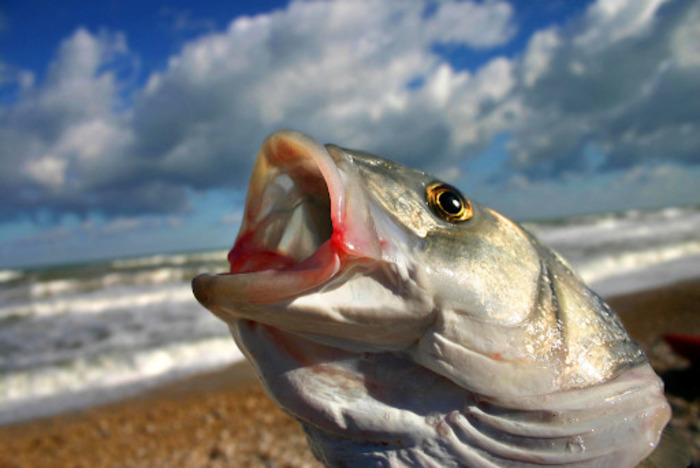
Tournament angling at Lake Candlewood is an exciting and competitive experience for fishers who want to test their skills and compete against some of the best in the gamefish world. With its abundant fish populations and the presence of professional organizations like Bassmaster, Lake Candlewood has become a popular destination for fishers seeking thrilling tournament action.
The Gamefish Thrill
Lake Candlewood offers a diverse range of fish types, making it an ideal location for tournament angling. Bassmaster tournaments held at Lake Candlewood attract fishers from all over the country who are eager to reel in trophy-sized bass. The waterbody’s reputation for producing large and violent bass adds to the excitement and challenge of tournament angling.
A Competitive Atmosphere
Tournament angling at Lake Candlewood creates a competitive atmosphere that brings out the best in fishers. As participants vie for the top spot, strategies and tricks are put to the test. fishers must showcase their knowledge of the waterbody, its structures, and the behavior of the fish they are targeting. The pressure and intensity of the competition make every catch a thrilling accomplishment.
The Thrill of Victory
For those who succeed in tournament angling at Lake Candlewood, the thrill of victory is unmatched. Winning a tournament here means not only outperforming fellow fishers but also conquering the challenges that the waterbody presents. It is a testament to the angler’s skills, perseverance, and ability to adapt to changing conditions. The sense of accomplishment that comes with a tournament win at Lake Candlewood is truly extraordinary.
Bass Fishing
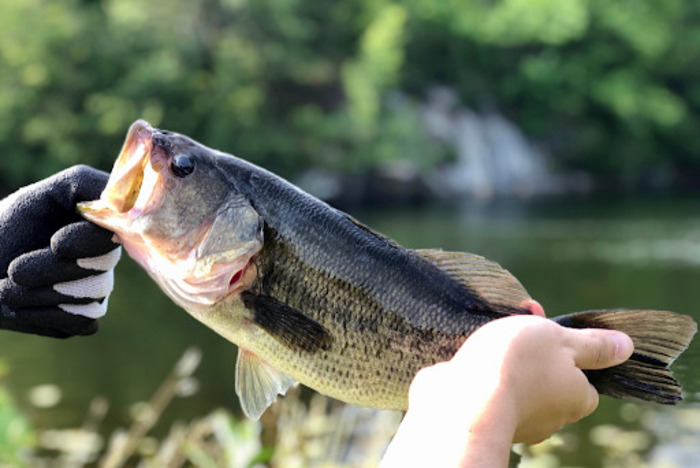
Bass are a popular fish in Lake Candlewood, known for their violent nature and exciting fights. Largemouth Bass and Smallmouth Bass are the two main types found in the waterbody. Understanding their behavior, habitat, and feeding patterns is crucial for successful angling.
Largemouth Bass Catching
Lake Candlewood offers excellent opportunities for catching Largemouth Bass. Here are some key points to consider:
Fishing Hotspots
Largemouth Bass can be found in various areas of the waterbody, but some hotspots are known to consistently produce good catches. Look for shallow areas with vegetation, such as weed beds, lily pads, and submerged timber. These areas provide cover and attract baitfish, making them prime feeding grounds for Largemouth Bass.
Best Rods and Gear
When targeting Largemouth Bass, it’s essential to have the right equipment. A medium to heavy-action spinning or baitcasting rod paired with a quality reel is recommended. Use an angling line with a test strength between 10 and 20 pounds, depending on the size of the fish you’re targeting.
Effective Fishing Tricks and Strategies from Local Pros
Local fishers have developed effective tricks for catching Largemouth Bass in Lake Candlewood. One popular technique is using jerkbaits, which imitate injured baitfish and trigger aggressive strikes from Bass. Additionally, using topwater lures, such as buzzbaits or poppers, can be highly effective, especially during low-light conditions or when Bass are actively feeding near the surface.
Smallmouth Bass Catching
Smallmouth Bass are another prized species in Lake Candlewood. Consider the following tips for targeting Smallmouth Bass:
Fishing Hotspots
Smallmouth Bass prefer rocky bottoms and areas with submerged structures, such as rock piles or drop-offs. Look for these features when searching for Smallmouth Bass. Focus on areas with moderate depths, typically around 10 to 20 feet.
Best Angling Equipment
When angling for Smallmouth Bass, a medium-action spinning rod or baitcasting rod is recommended. Pair it with a reel that offers smooth drag and good line capacity. Use an angling line with a test strength between 6 and 12 pounds to handle the fight of Smallmouth Bass.
Effective Angling Tricks and Strategies from Local Pros
Local fishers have found success using a variety of tricks for Smallmouth Bass. Light tackle and finesse techniques, such as using soft plastic baits or jigs, can be effective in enticing Smallmouth Bass to bite. Additionally, try using lures that imitate crayfish or small baitfish, as these are common prey for Smallmouth Bass.
The Best Time to Hook
The best time to hook Bass in Lake Candlewood is during their spawning season, which typically occurs in the spring. During this period, Bass are more violently and actively feeding to prepare for spawning. However, Bass can be caught throughout the year, with different tricks and strategies proving successful in each season.
Trout Fishing

Trout are known for their elusive behavior and can be found in various habitats within Lake Candlewood. They prefer cool, oxygen-rich waters and are often found near submerged structures such as fallen trees, rock formations, and underwater ledges. Trout primarily feeds on small fish, insects, and crustaceans.
Rainbow Trout Angling
Angling Hotspots
When targeting Rainbow Trout in Lake Candlewood, focus your efforts near the mouths of tributaries and areas with fast-moving currents. These locations provide abundant food sources and attract Rainbow Trout. Look for areas with submerged vegetation and underwater structures.
Best Poles and Rigs
For Rainbow Trout angling, lightweight spinning or fly angling rods are recommended. Pair your rod with a reel spooled with a monofilament or fluorocarbon line. Use small hooks and attach them to a leader with a weight appropriate for the water conditions.
Tips and Tricks from Local Angling Experts
- Use natural bait such as worms, insects, or small fish to mimic the Rainbow Trout’s natural prey.
- Experiment with different angling depths and retrieve speeds to find what works best for the current conditions.
- Pay attention to weather patterns, as Rainbow Trout are more active during overcast days or periods of low light.
Brown Trout Angling
Angling Hotspots
When targeting Brown Trout in Lake Candlewood, focus your efforts near the deep channels and rocky shorelines. Brown Trout prefer cooler, deeper waters and are often found near underwater structures such as submerged boulders and fallen trees.
Best Rods and Tackle
For Brown Trout angling, medium to heavy spinning or baitcasting rods are recommended. Pair your rod with a reel spooled with a braided or fluorocarbon line. Use larger hooks and attach them to a leader with a weight suitable for the water conditions.
Tips and Tricks from Local Angling Experts
- Use artificial lures such as spoons, spinners, or crankbaits that mimic the baitfish in Lake Candlewood.
- Fish during the early morning or late evening when Brown Trout is most active.
- Vary your retrieval techniques to mimic the erratic movement of injured baitfish.
The Best Time to Hook Trout in Lake Candlewood
The optimal time to catch Trout in Lake Candlewood is during the spring and fall seasons. As the water temperature cools down or warms up, Trout become more active and are more likely to bite. Early morning and late evening are also prime times for Trout angling.
Crappie Fishing
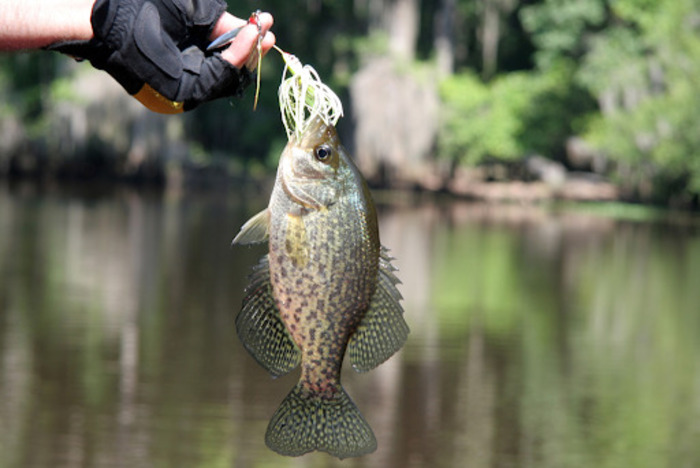
Crappies, a popular gamefish in America’s lakes, including Lake Candlewood, exhibit interesting behavior and have specific habitat preferences. These fish are known to form schools and are often found near underwater structures, such as submerged trees, brush piles, and rocky areas. Crappies are primarily ambush predators, feeding on smaller fish, insects, and crustaceans. Understanding their behavior and habitat is crucial for successful angling.
Angling Hotspots
Lake Candlewood offers several prime angling spots for crappie enthusiasts. Some of the notable areas to explore include:
- North Cove: This area is known for its abundance of submerged vegetation and attracts crappie seeking shelter and food.
- Squantz Cove: With its rocky shoreline and deeper waters, Squantz Cove provides ideal conditions for crappie to thrive.
- Rocky Point: Located near the dam, this area offers excellent angling opportunities, especially during the spring spawning season.
The Best Time to Hook Crappie in Lake Candlewood
To maximize your chances of catching crappie in Lake Candlewood, it’s essential to understand their seasonal patterns. Spring and fall are typically the most productive seasons for crappie angling. During these times, crappie are more active and can be found closer to the shoreline. Early morning and late afternoon are often the best times to target these fish, as they are more likely to be actively feeding.
Best Rods and Tackle
Choosing the right angling gear is crucial for a successful crappie angling experience. When targeting crappie in Lake Candlewood, consider using light to ultralight spinning rods paired with a quality reel. Opt for an angling line with a low diameter to minimize visibility in the water. Popular choices for crappie include small jigs, soft plastic baits, and live minnows.
Prime Fishing Tips from Local Experts
To enhance your chances of success, here are some valuable tips from local experts:
- Downsize your bait: Crappies have smaller mouths, so using smaller-sized baits can increase your chances of getting a bite.
- Vary your retrieval speed: Experiment with different retrieval speeds to find the most effective tricks for enticing crappie.
- Focus on structure: Target areas with submerged trees, brush piles, and docks, as crappie tend to congregate around these structures.
- Pay attention to water temperature: Crappies are more active in warmer water, so monitoring the water temperature can guide your angling strategy.
Safety Considerations
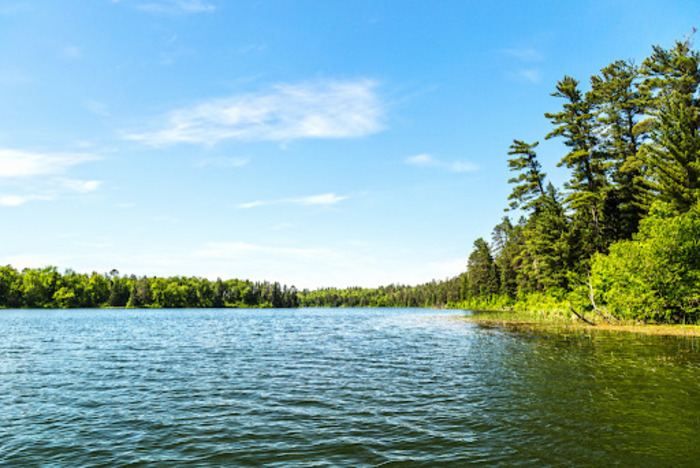
Angling in Lake Candlewood can be a thrilling and rewarding experience, but it’s important to prioritize safety while enjoying this beautiful water body. By following safety guidelines and regulations, fishers can ensure a safe and enjoyable angling trip.
Boating Regulations
When angling in Lake Candlewood, it’s crucial to adhere to boating regulations to maintain safety on the water. Always ensure that your boat is properly registered and equipped with the necessary safety gear, including life jackets for every passenger on board. Connecticut state law requires all boats to have a U.S. Coast Guard-approved life jacket readily accessible for each person on board. Wearing life jackets is highly recommended, especially when boating in rough waters or during inclement weather conditions.
Additionally, familiarize yourself with the specific boating regulations enforced on Lake Candlewood. These regulations help maintain order and prevent accidents on the water. For example, there might be speed limits in certain areas or restrictions on certain types of watercraft. By following these regulations, you contribute to a safer and more enjoyable experience for everyone.
Safety Measures
In addition to boating regulations, there are several other safety measures that fishers should keep in mind while angling in Lake Candlewood. Here are some key considerations:
- Weather Awareness: Stay informed about the weather conditions before heading out on the waterbody. Sudden storms or high winds can create hazardous situations. If adverse weather is forecasted, it’s best to postpone your angling trip to a safer time.
- Fishing with a Buddy: Whenever possible, fish with a buddy or let someone know about your angling plans. Having someone else with you adds an extra layer of safety and ensures that there is someone who can help in case of an emergency.
- Equipment Check: Regularly inspect your angling equipment, including rods, reels, and lines, to ensure they are in good working condition. Faulty equipment can lead to accidents or lost catches. Pay attention to sharp hooks and handle them with care to avoid injuries.
- Sun Protection: Spending long hours on the water means exposure to the sun. Protect yourself from harmful UV rays by wearing sunscreen, a hat, and sunglasses. Staying hydrated is also essential to prevent heat-related illnesses.
Planning Your Trip
Fishing License and Required Permits
Before you embark on your angling adventure at Lake Candlewood, it is important to ensure that you have the necessary angling license and permits. Fishing regulations vary by state, so be sure to check the specific regulations for Connecticut, where Lake Candlewood is located. You can visit the official website of the Candlewood Lake Authority for detailed information on angling regulations, including license requirements and permit applications.
Lake Directions
By Car
Getting to Lake Candlewood by car is convenient, as it is located within easy driving distance from major cities in the region. The waterbody is situated in western Connecticut, approximately 20 miles northeast of Danbury. Depending on your starting point, you can take Interstate 84 or other major highways to reach the water body. Be sure to plan your route in advance and check for any road closures or construction updates.
Read more: Lake Havasu Fishing Guide: Tip to Catching Bass and More in Arizona
By Air
If you prefer to fly to Lake Candlewood, the closest major airport is Bradley International Airport (BDL) in Windsor Locks, Connecticut. From the airport, you can rent a car or arrange for transportation to the waterbody. It is recommended to check for flight availability and make necessary arrangements well in advance.
Boat and Bank Access
Lake Candlewood offers both boat and bank access for angling enthusiasts. If you have your own boat, you can launch it at one of the public boat ramps located around the waterbody. It is important to follow all boating regulations and safety guidelines while on the water. For those who don’t have their own boat, there are also areas along the shore where you can fish from the bank. Be mindful of any designated angling areas and respect private property.
Campground
For fishers looking to extend their angling trip at Lake Candlewood, there are campgrounds available in the surrounding area. These campgrounds offer a range of amenities, including campsites, RV hookups, and facilities for a comfortable stay. It is advisable to make reservations in advance, especially during peak angling seasons.
Disclaimer: The information provided in this article is based on reliable sources and research. It is always recommended to refer to official angling regulations and local authorities for the most up-to-date information
Q: What are some popular species to catch at Candlewood Lake?
A: Some of the top species to catch at Lake Candlewood include largemouth bass, smallmouth bass, northern pike, walleye, and crappie.
Q: When is the best time to go ice fishing at Candlewood Lake?
A: Lake Candlewood freezes over in the winter, making it an ideal destination for ice-angling. The best time for ice angling is typically from late December to early March when the waterbody is frozen and safe to access.
Q: What fishing regulations should I be aware of at Candlewood Lake?
A: It’s important to familiarize yourself with the angling regulations set by the Connecticut Department of Energy and Environmental Protection. These regulations include size limits, catch limits, and specific rules for certain species to ensure sustainable angling practices.
Q: Are there any public boat launches available at Candlewood Lake?
A: Yes, there are several public boat launches around Lake Candlewood which provide easy access for boaters and anglers. These launches are managed by the state and local authorities.
Q: What are the best fishing techniques for catching bass at Candlewood Lake?
A: Bass tends to be more aggressive, especially in the spring, and can be caught using a variety of techniques including topwater lures, jigs, and crankbaits. Targeting them near structure and drop-offs is often effective.
Q: What are some top tips for catching walleye at Candlewood Lake?
A: Walleye are often found in deeper, colder waters and tend to be more active during low light conditions. Using live bait such as shiners and jigging near rocky areas can be effective for catching walleye.
Q: Are alewives present in Candlewood Lake and do they affect fishing?
A: Yes, Lake Candlewood also has a population of alewives which serve as a forage base for predatory fish. Understanding the behavior of alewives can help fishers locate and target larger fish that prey on them.
Q: What are some effective bait options for catching crappie at Lake Candlewood?
A: Crappies can be caught using live bait such as minnows, jigs, and small lures. They are especially fun to catch during the spring spawning season when they become more active.
Q: How can I stay updated on fishing conditions and reports for Lake Candlewood?
A: Keeping an eye on local angling guides, online forums, and reports from fellow anglers can provide valuable insights into the current angling conditions and trends at Lake Candlewood.
Q: What are some key environmental factors that can impact fishing at Lake Candlewood?
A: Environmental factors such as water temperature, seasonality, and the presence of natural prey like crawfish can have a significant impact on the behavior and feeding patterns of fish in Lake Candlewood.

